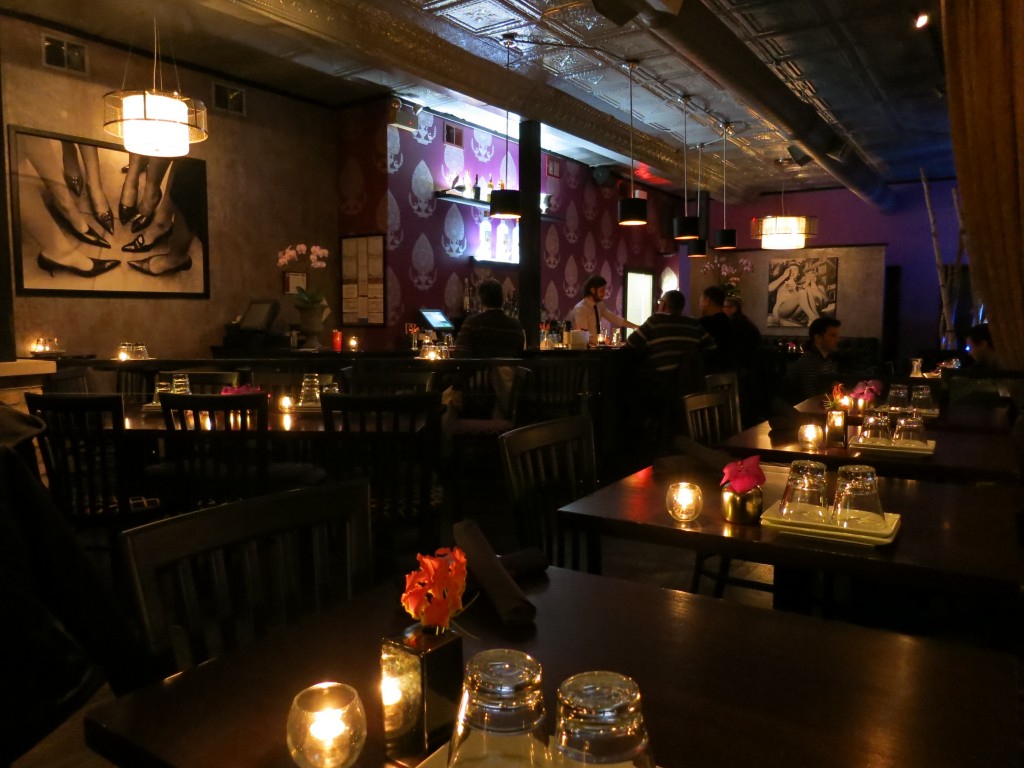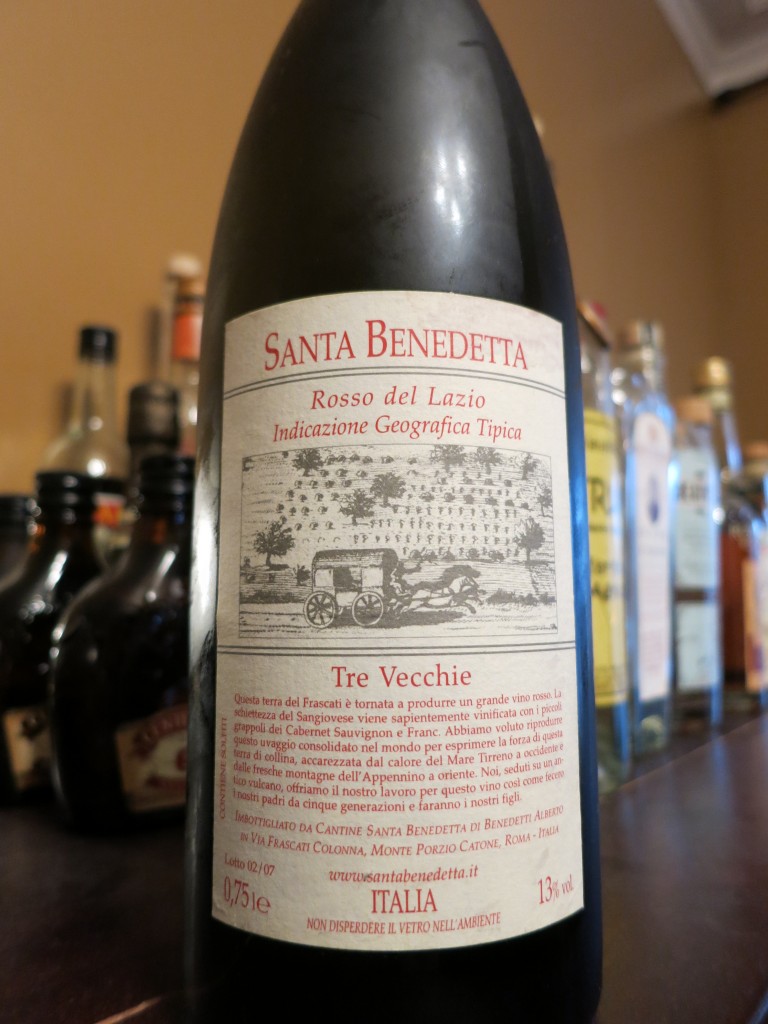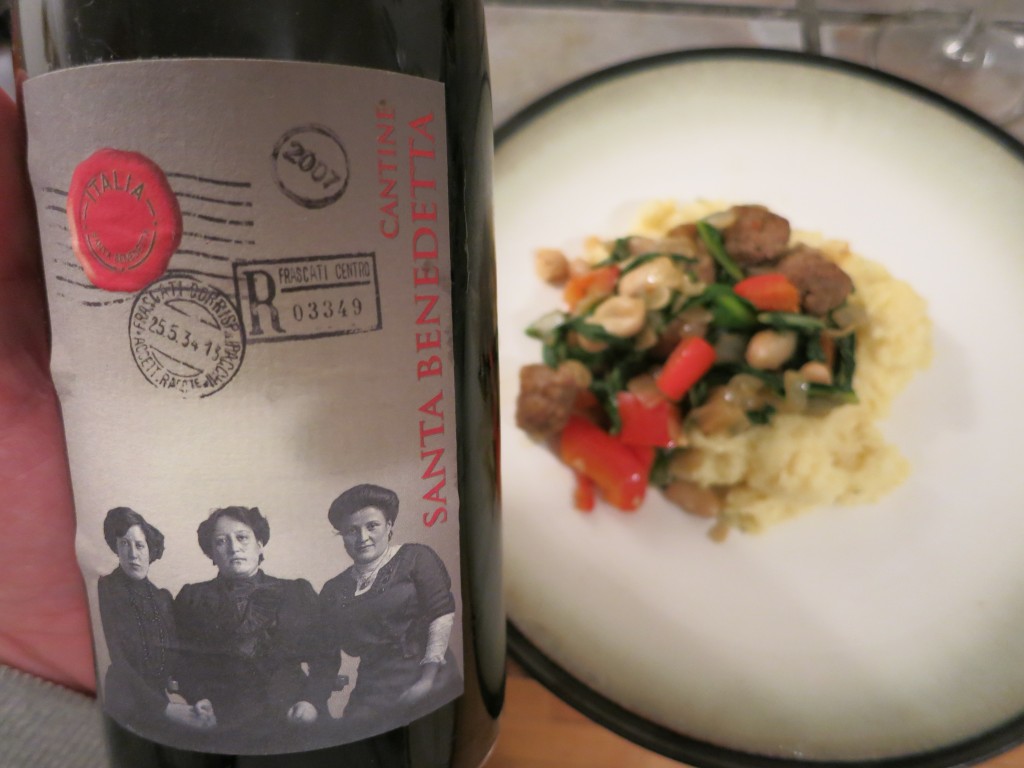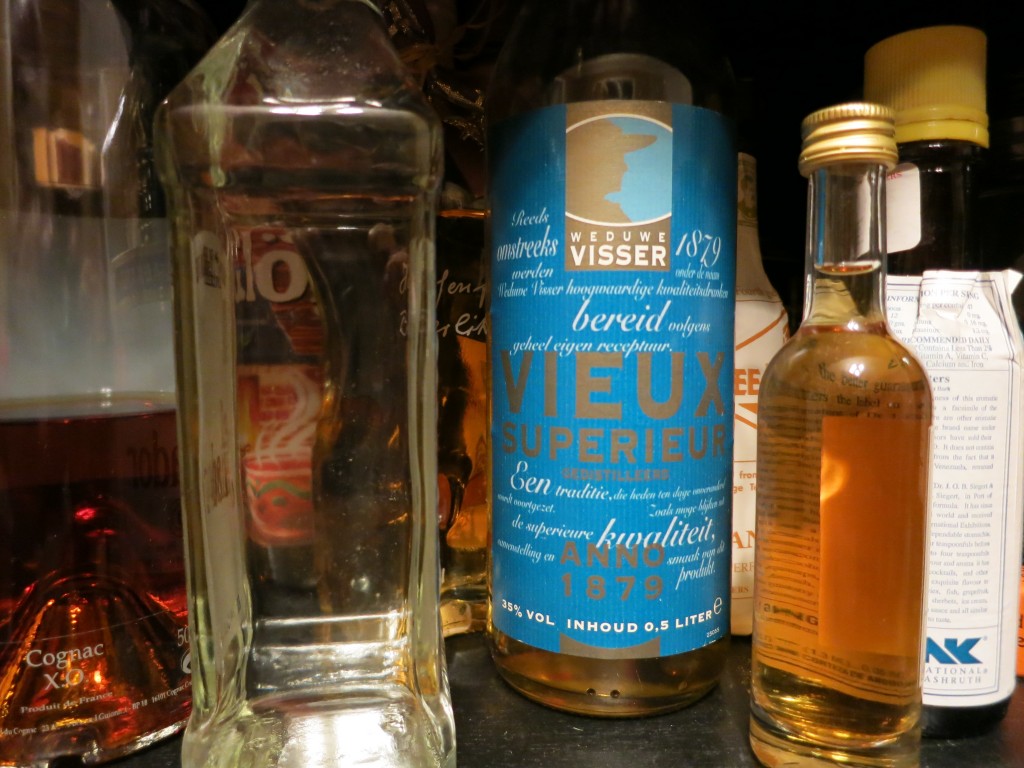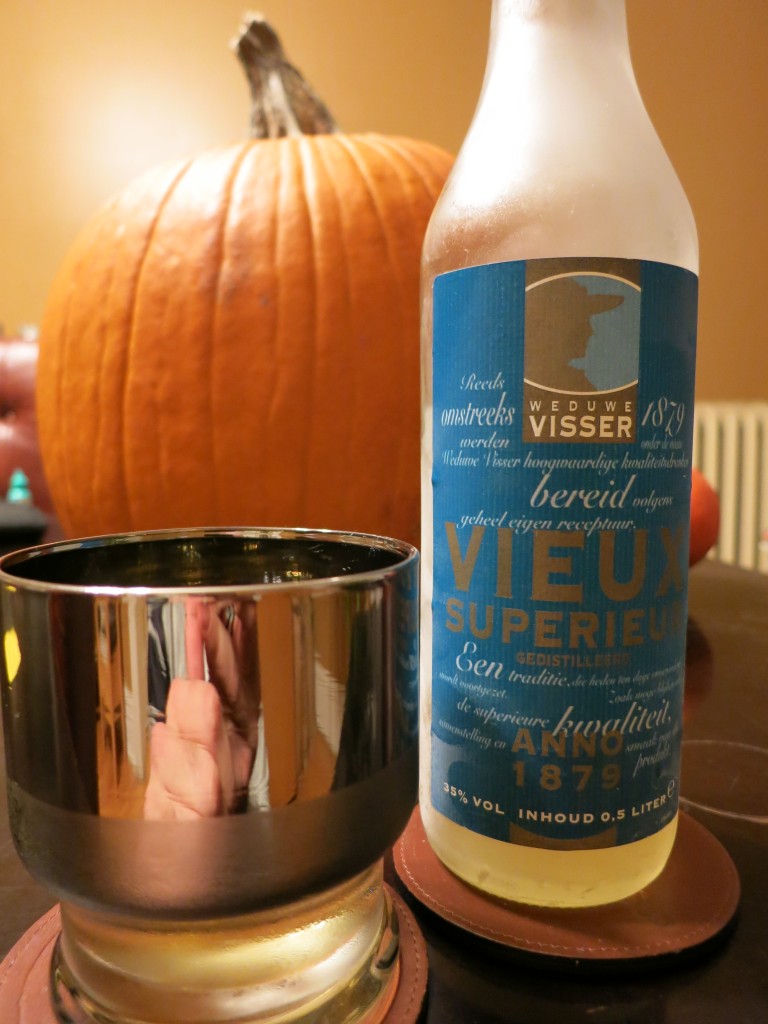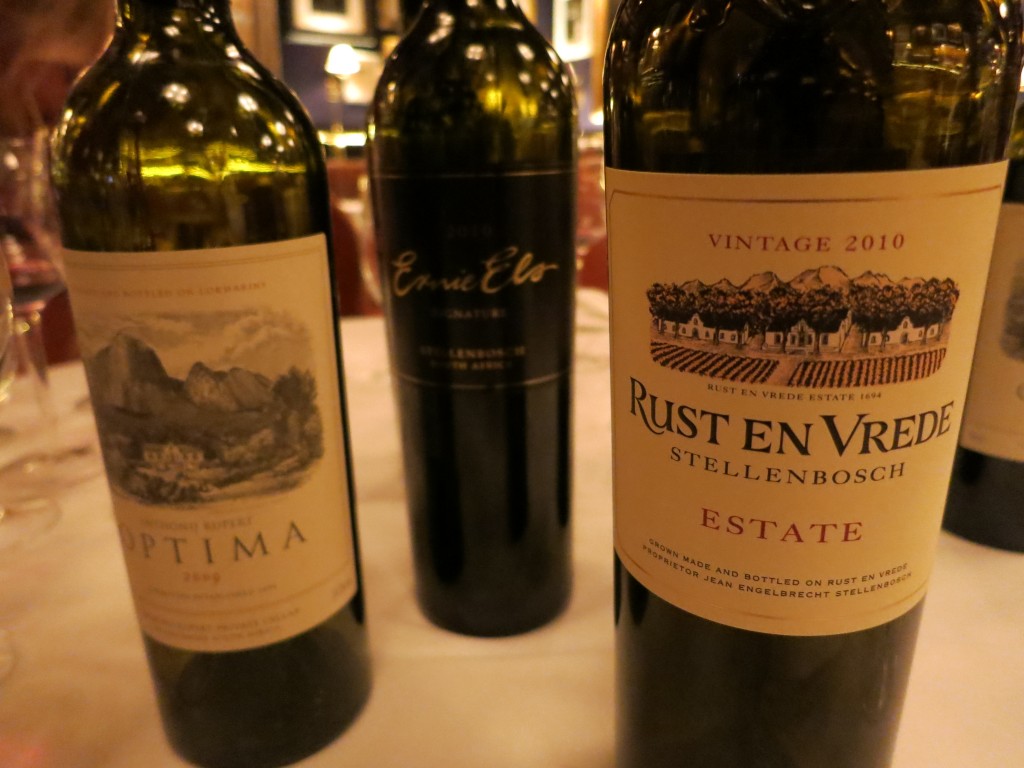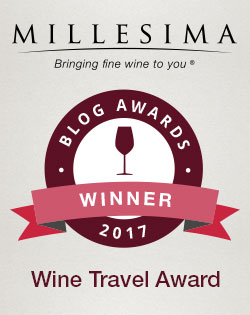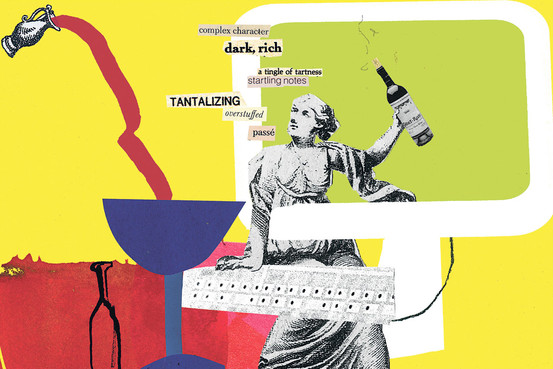Cool Cocktails At Taverna 750
One problem with my closest neighborhood cocktail bar, Marty’s, is that their fishbowl-size martinis warm up well before I finish them. I don’t go to Marty’s because I never enjoy the second half of my drink (and because I once caught a bartender substituting Razzmatazz in my cocktail for the Chambord listed on the menu). Oversize cocktails just aren’t for me.
Or so I thought until my visit to Taverna 750 in Chicago’s Lakeview neighborhood. Here they’ve devised a simple and elegant solution for keeping that last half of your martini ice-cold: storing it on ice in a little glass pitcher until you’re ready to drink it. Each cocktail comes with this sidecar, whether you order off the menu or not.
But I do recommend ordering off the cocktail menu — we tried three different cocktails over the course of our shared small-plate dinner, and each was thoroughly delicious. I started with a Blood & Sand, a concoction which dates at least as far back as Bill Boothby’s 1934 cocktail guide, World Drinks and How to Mix ‘Em, which calls for scotch, Cherry Heering and fresh-squeezed orange juice. Taverna 750 gooses up that simple recipe by mixing together Glenmorangie Single-Malt Scotch, sweet vermouth, Cherry Heering, housemade orangecello, lemon juice and simple syrup.
A waiter placed the drink in front of me, sidecar and all, and asked, “One Colonel Gaddafi?” I must have had a pained look on my face as I chuckled. “Too soon?” Well, at least it wasn’t a Syria joke. In any case, I loved the Blood & Sand. My dining companion had a taste of it, rolled his eyes with pleasure and ordered one of his own. It had a creamy bitter-orange aroma, a profile carried through on the palate: rich, sweet and bitter, undergirded by orangey acids. The sidecar kept the second half of my drink ice-cold, with no loss of integrity as I finished the first.
My dining companion’s second drink — a classic Aviation made with Nolet’s Silver Dry Gin, Crème Yvette (a violet-infused liqueur), Luxardo Maraschino Liqueur, fresh lemon juice and simple syrup — was just as good, if not as deeply complex. It looked pink and tasted purple, with an appealing floral/citrusy character.
I kept things on the bitter side of the spectrum with my Toronto, another classic (if unfamous) cocktail mixing whiskey, Fernet Branca (a very bitter amaro) and simple syrup. As with the Blood & Sand, Taverna 750 took this recipe up a notch by combining Old Overholt Straight Rye Whiskey, Fernet Branca, maple syrup and orange bitters. It smelled pleasantly green and bitter, and it presented a startling flavor profile of bitterness, then mint, and finally rich caramel. This Toronto packed a seriously boozey punch, but it felt remarkably smooth on the tongue. An excellent digestif.
We should have been finished at that point, but our personable waiter Chris asked if we would be interested in a complimentary shot of one of Taverna 750’s housemade ‘cellos. The most common of the ‘cellos is limoncello, made by steeping lemon zest in vodka and mixing in some sugar. I’ve also had ‘cellos made with the zest of other citrus fruits and even fennel, but never pistachio or espresso. Taverna 750’s unorthodox pistachiocello had a wonderful nutty thickness balanced out by some pointy citrusy notes, and the espressocello combined rich coffee flavor with the dense, sweet texture of a ‘cello. Both were delightful.
Marty’s and Taverna 750 both offer a stylish atmosphere, and they would ostensibly appeal to the same type of patron. But make no mistake: Taverna 750 is much better suited to cocktail connoisseurs. Marty’s, with its oversize and oversweet martinis, is for amateurs.

